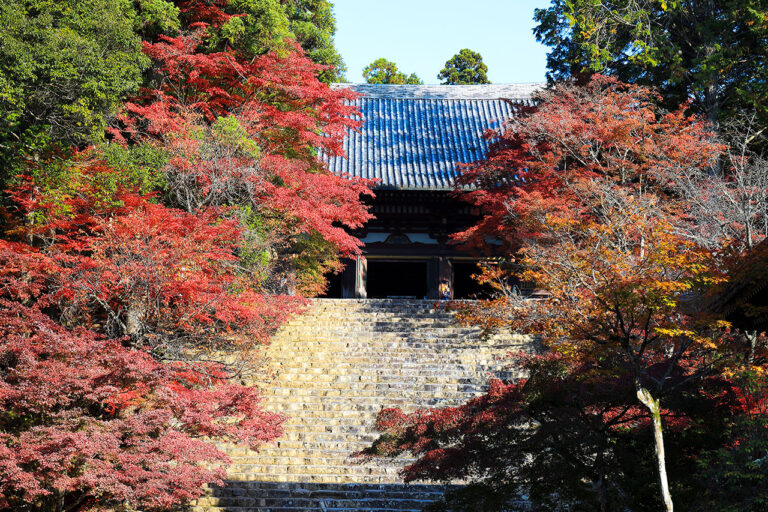
Jingo-ji Temple, a sacred site of Heian Buddhism built halfway up Mt.
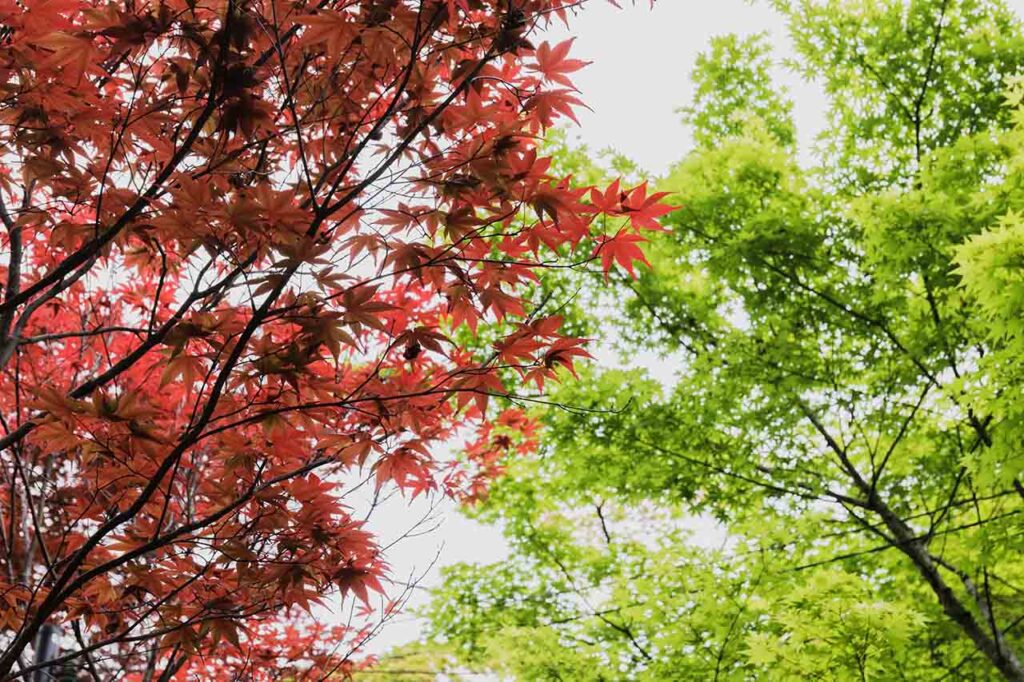

It began as a training hall for young monks by Chisen Shonin, a nephew of Kobo Daishi, who is related to Jingoji Temple. As Kukai said, ``The mind and spirit reside in morality. to nullify.
It is also known for its natural scenery that changes with the seasons: cherry blossoms and mountain azaleas in spring, fresh greenery in summer, colored leaves in autumn, and snowscapes in winter. You can enjoy the elegant scenery that you can enjoy both red autumn leaves at the same time.
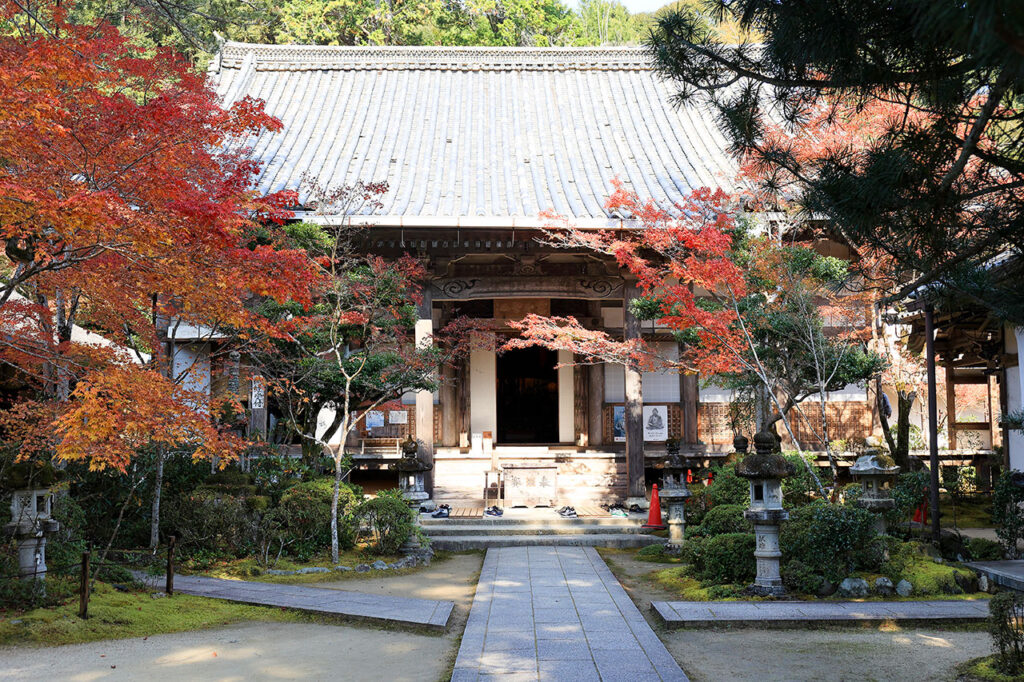

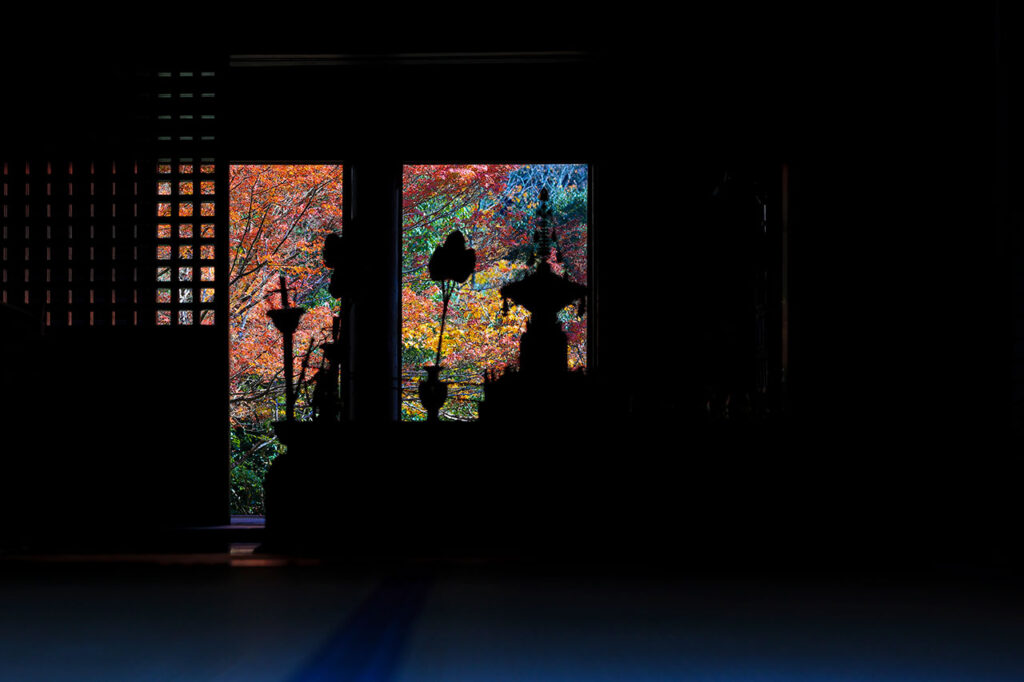

The main hall, which was destroyed in the war, was rebuilt with a donation from Keishoin, the mother of the fifth shogun, Tsunayoshi Tokugawa. It has a flat structure, which is rare for a temple of the Shingon sect, and enshrines the principal image of the temple, the Senju-Eleven-Faced Kannon Bodhisattva, Shaka Nyorai, and Aizen Myoo.
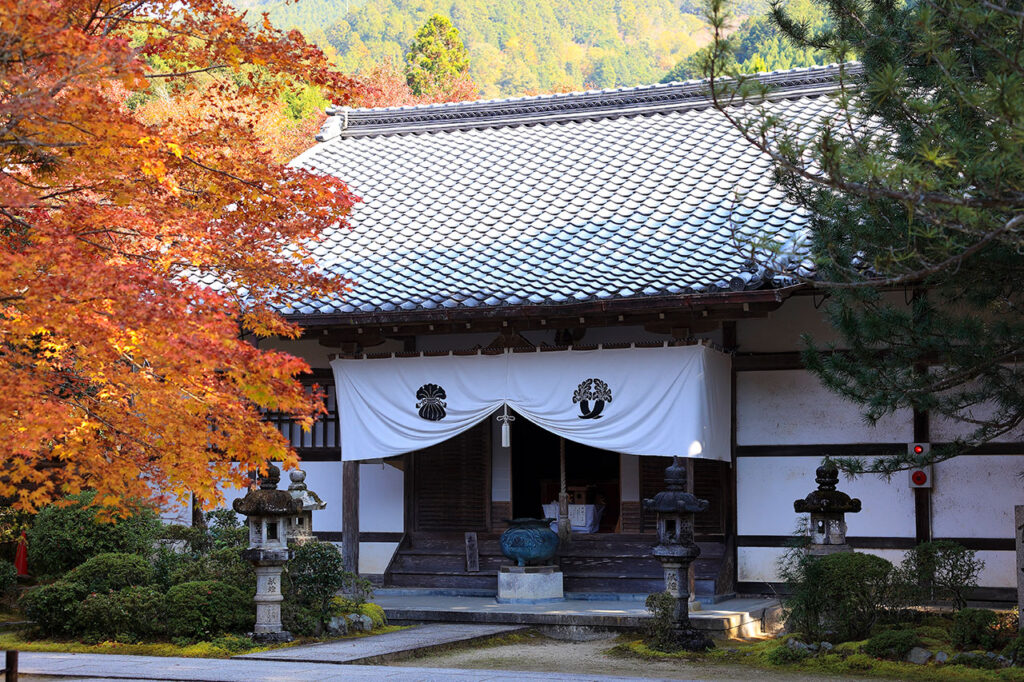

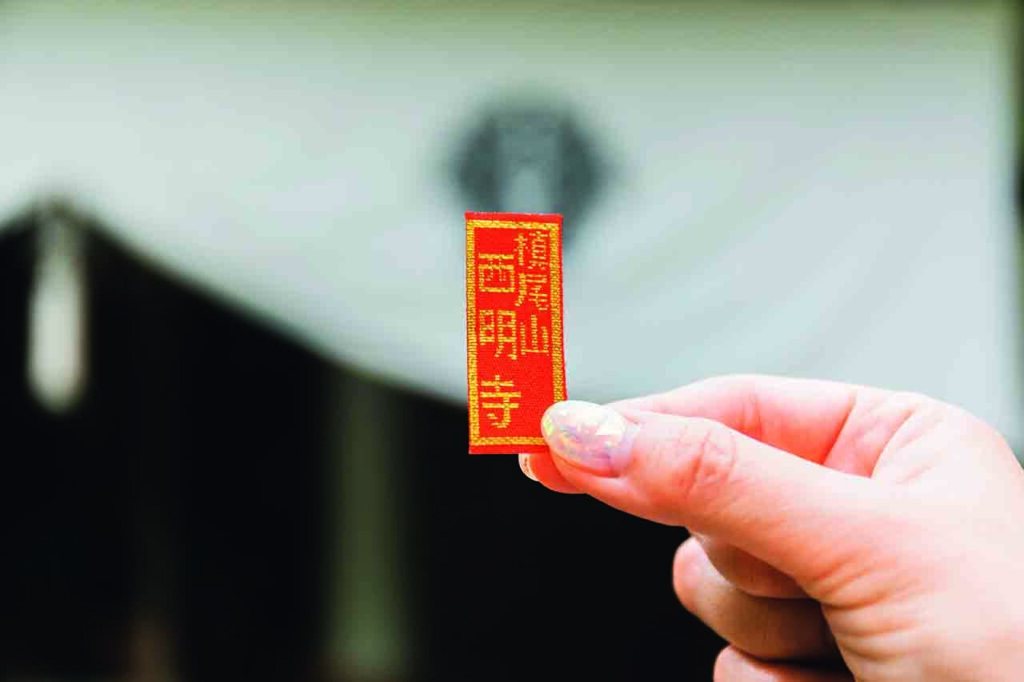

The daikon radish on the noren signifies harmony between husband and wife and a happy family, while the Odan symbolizes Kangiten, which bestows financial fortune and prosperous business. In the hall, there is a "Dougae-no-Omamori" that will give you double the amount of money you spent, so don't miss it.
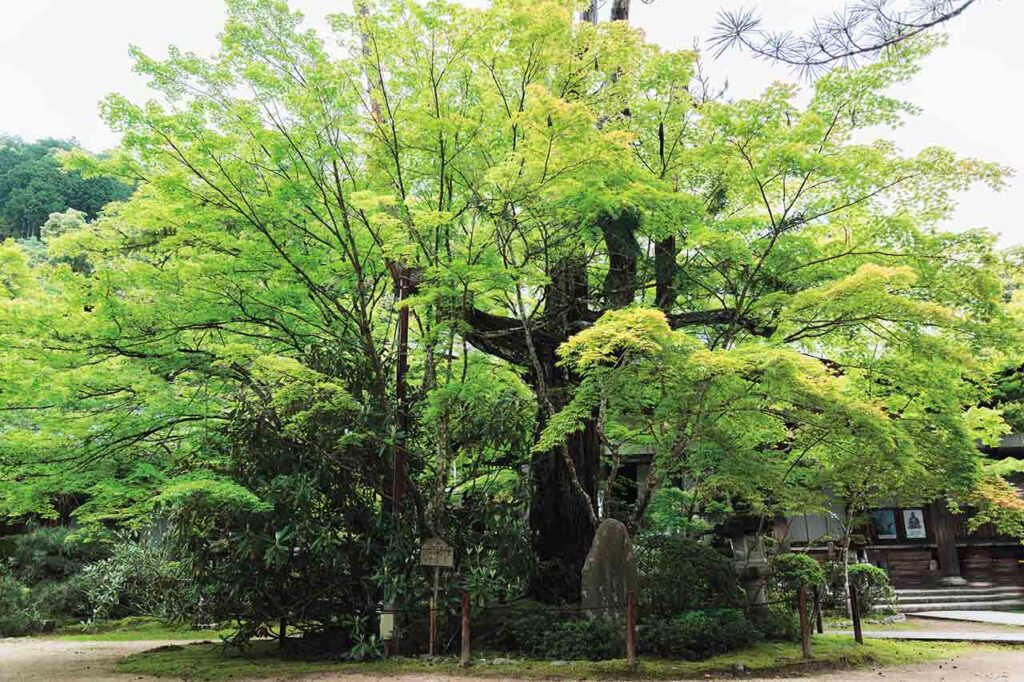

When you enter the front gate, there is a sacred tree about 700 years old on the left in front of the main hall. Koya-maki, which is said to have been hand-planted by Gaho Jisei Shonin when he became independent from Jingo-ji Temple, is treasured. At the foot of this tree, there is a monument inscribed with a tanka poem by Gahou Jisho Shonin, ``As it is in the form of the white dew, and in the autumn leaves, it is a red ball.''
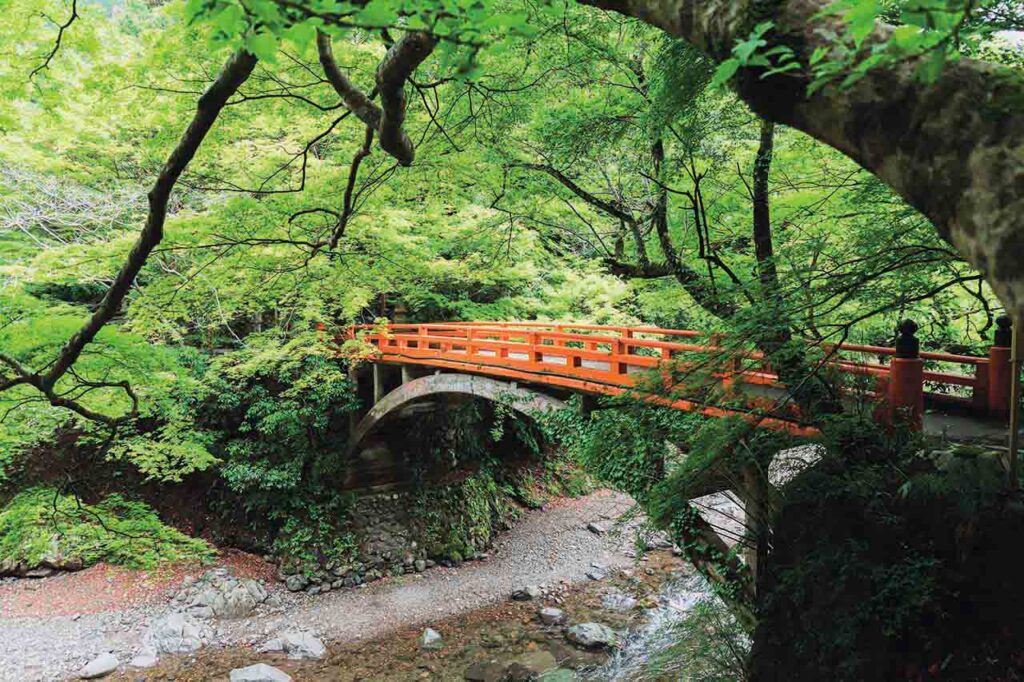

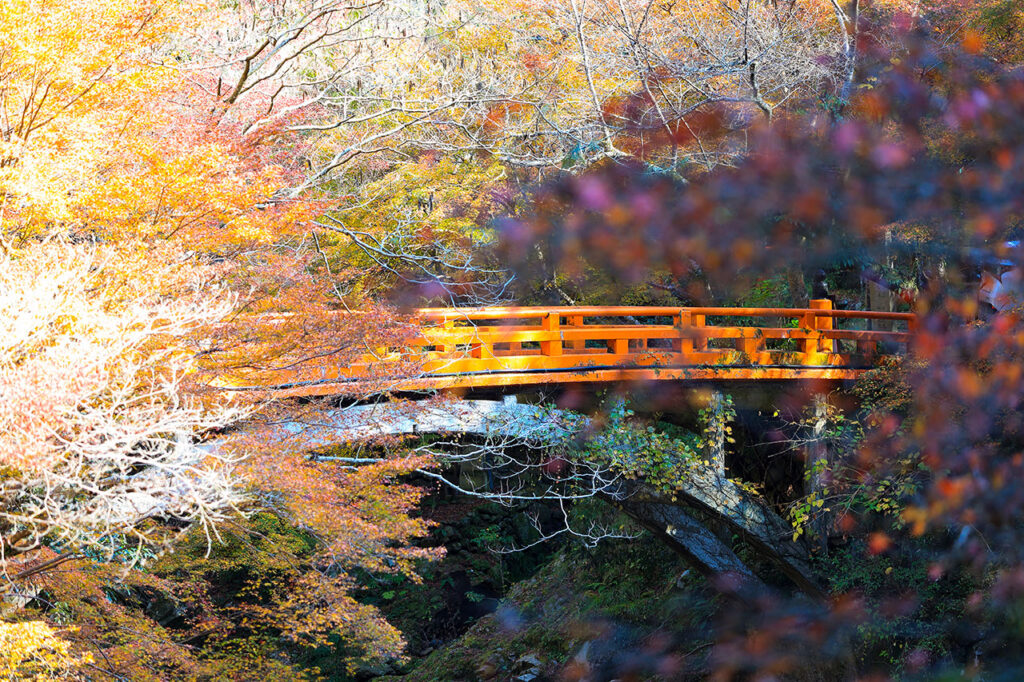

After crossing the Shigetsukyo Bridge, which leads to a beautiful approach to the shrine where the contrast between the red of the bridge and the blue of the Japanese maple leaves, and climbing the stone steps, a stone pillar, the Foreign Minister of Great World, stands. It is considered to be a barrier that separates the secular world from the sanctuary, and in the past women were prohibited from entering.
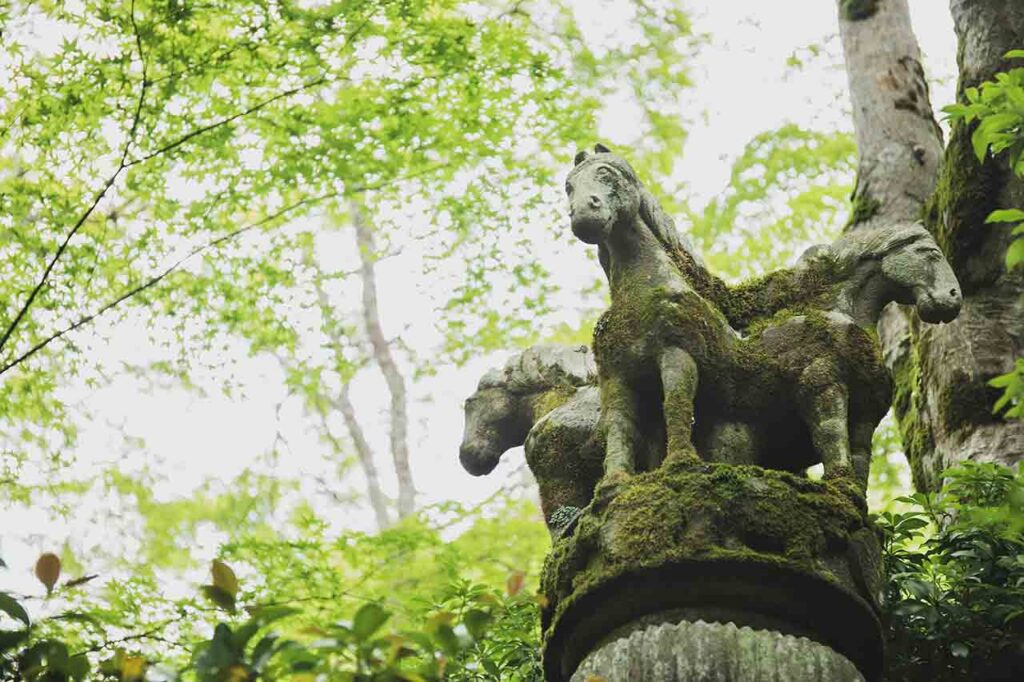

Ashoka's Ashoka Stone Pagoda appears when you walk to the left of the reception hall. It was made in imitation of the stone pillar that King Ashoka, who protected Buddhism, built in the sacred place related to Buddha. It is the work of Torakichi Komatsu, a stone sculptor who was active in Fukushima Prefecture during the Meiji period.
Over 600 interviews per year! An order site carefully selected by the editors who knows Kyoto and Shiga.
nowOfficial LINE friend registration500 yen OFF coupon is being issued!
Distributed every Friday morning at 8:00 am! From new restaurant information to event information that we want to share with you, We deliver articles about Kyoto that are useful to know. About 20,000 people have registered.Click here to add a friend!

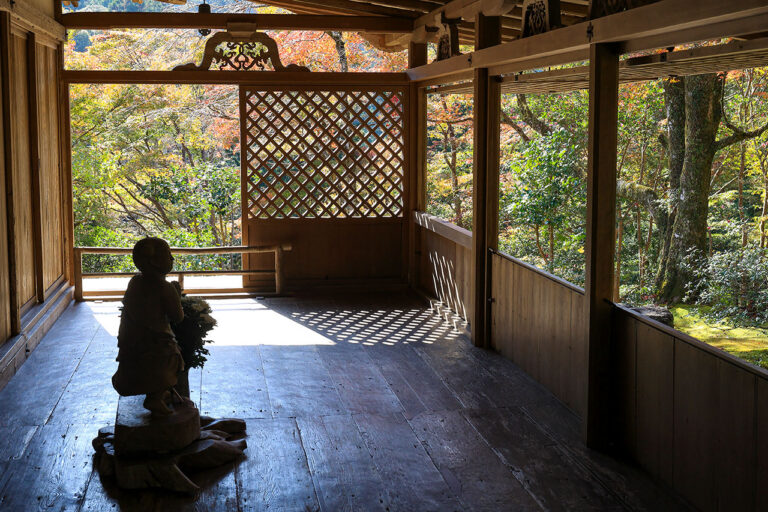
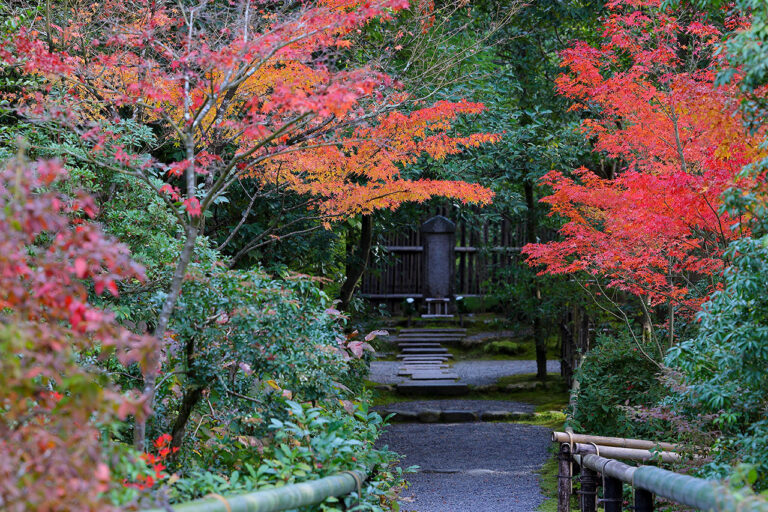
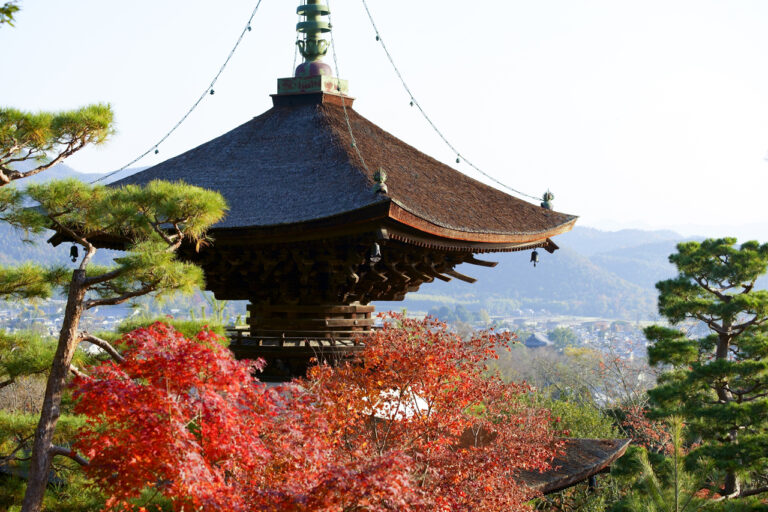
 News
News Feature article
Feature article Featured event
Featured event